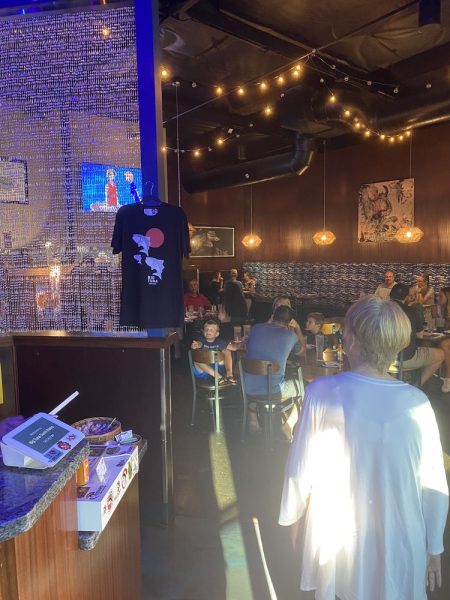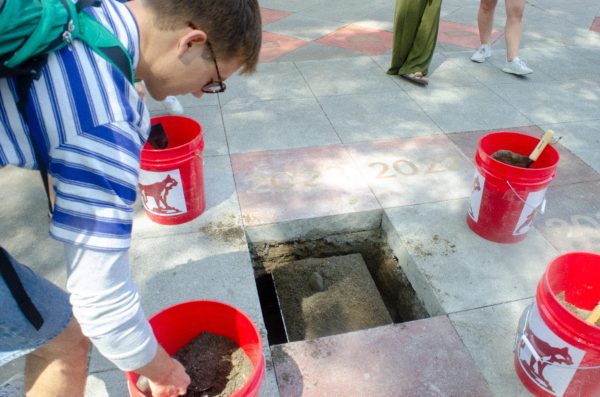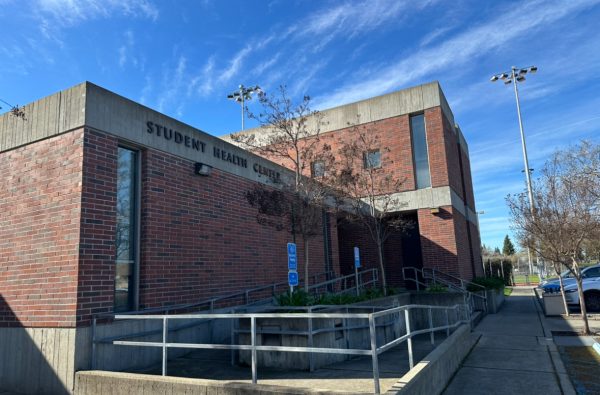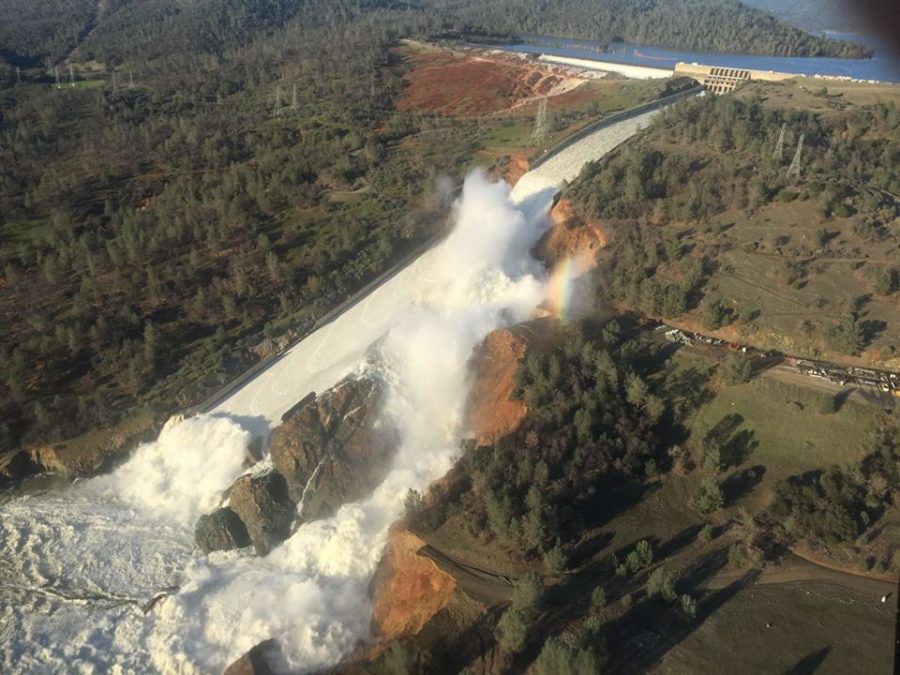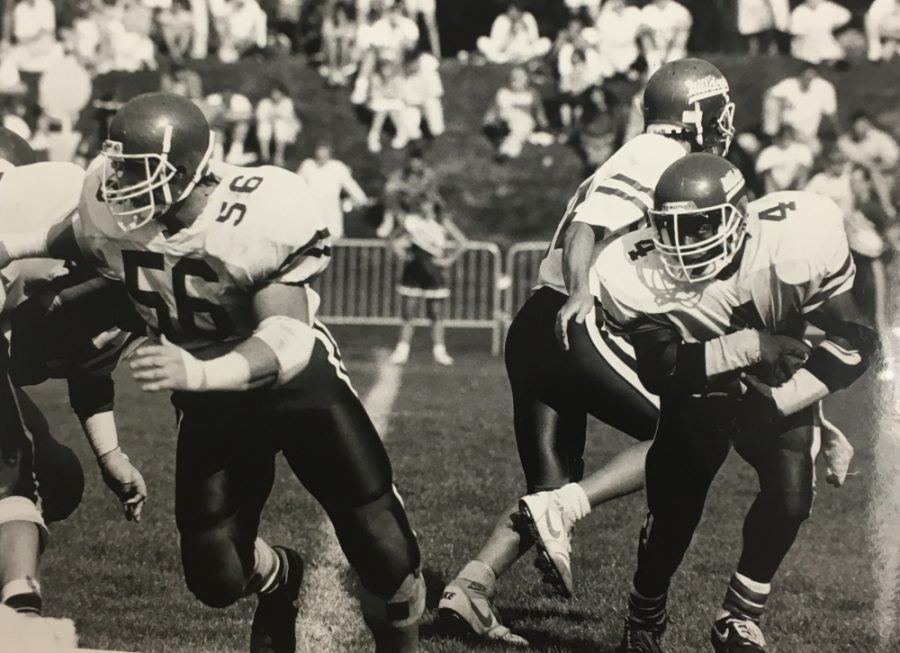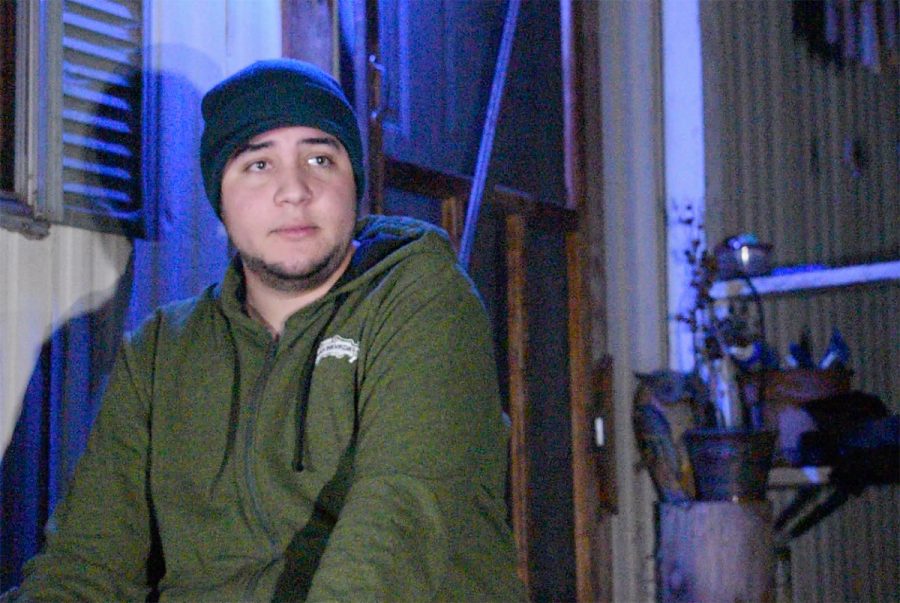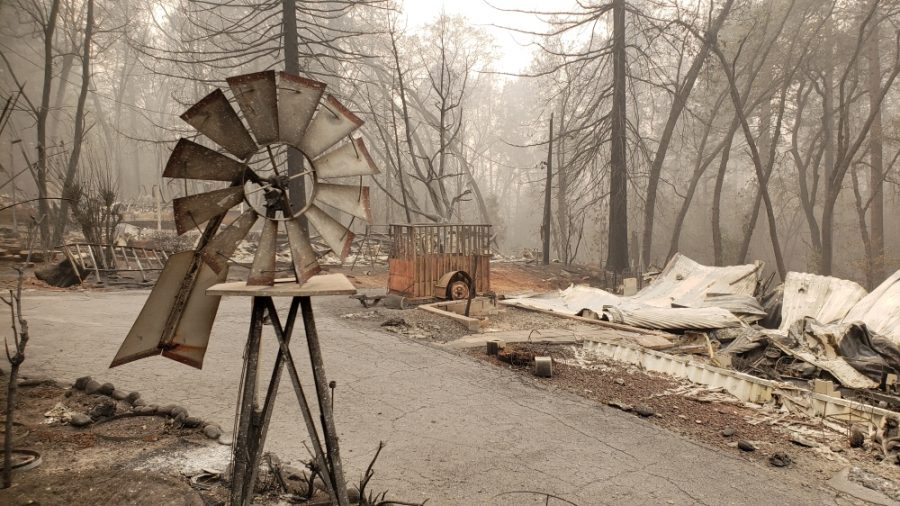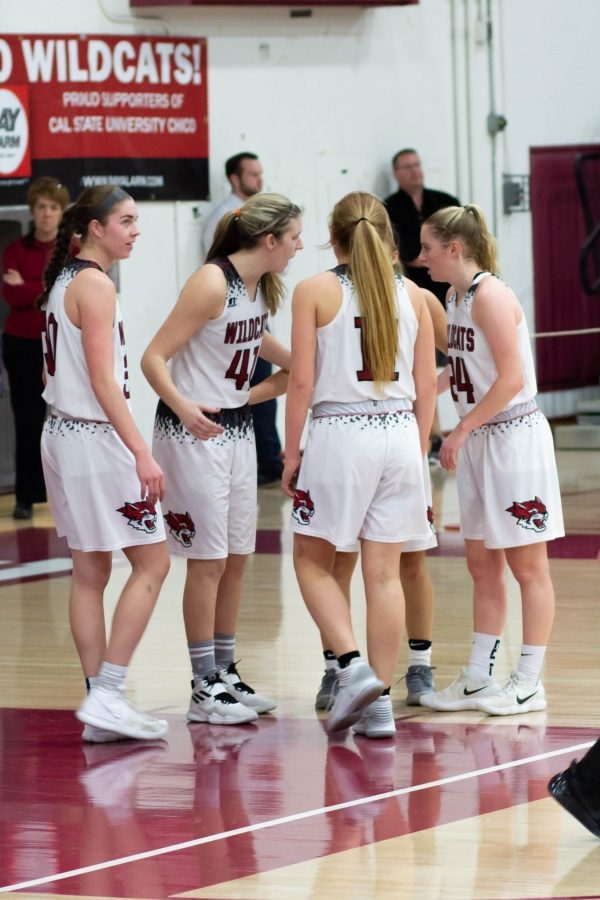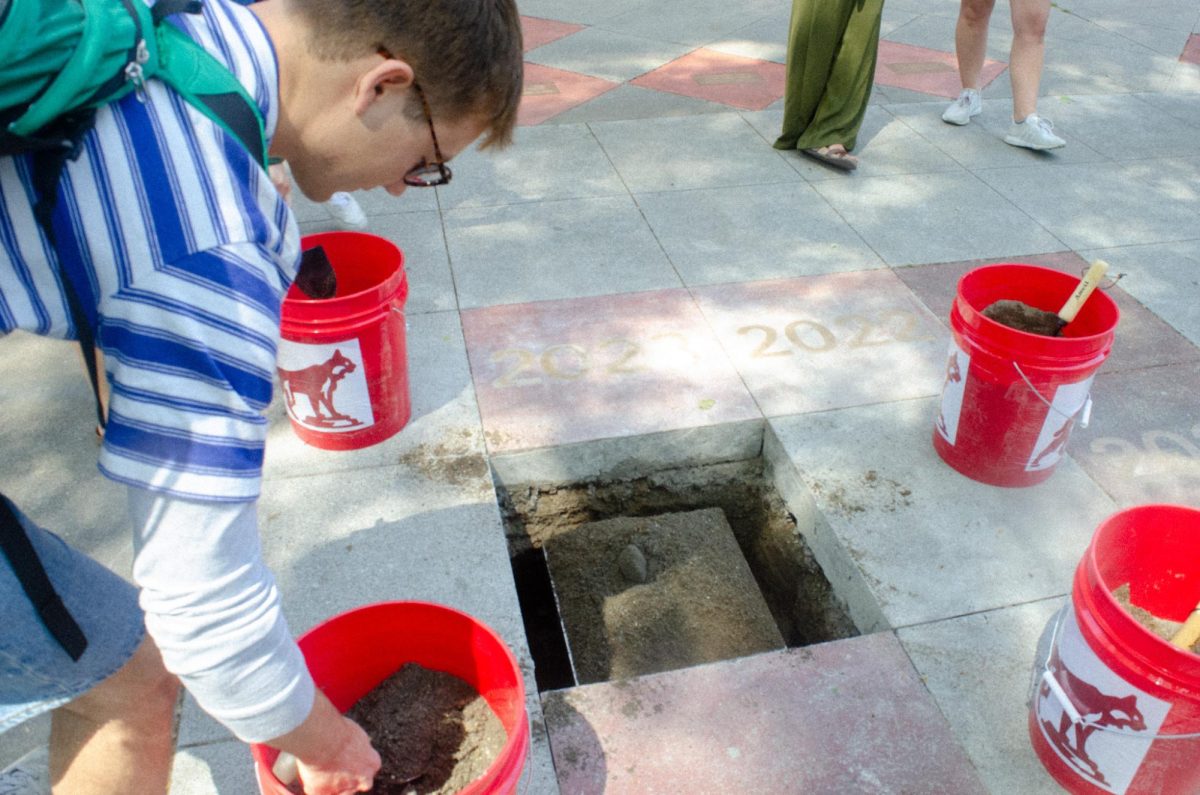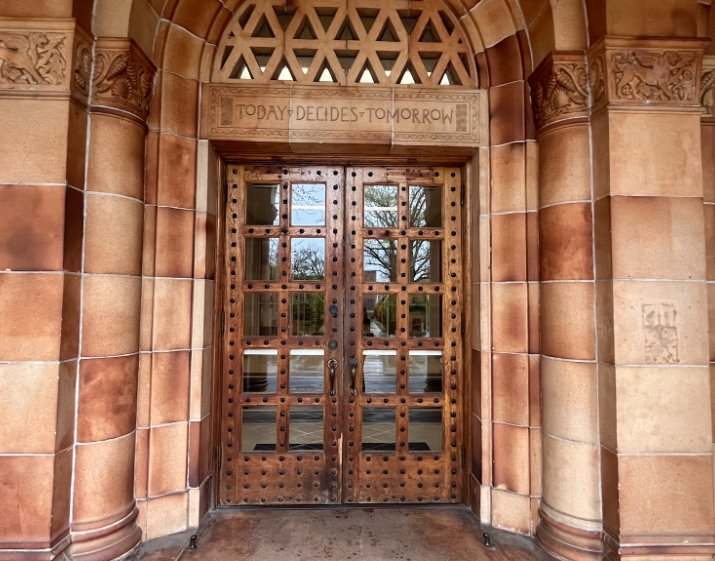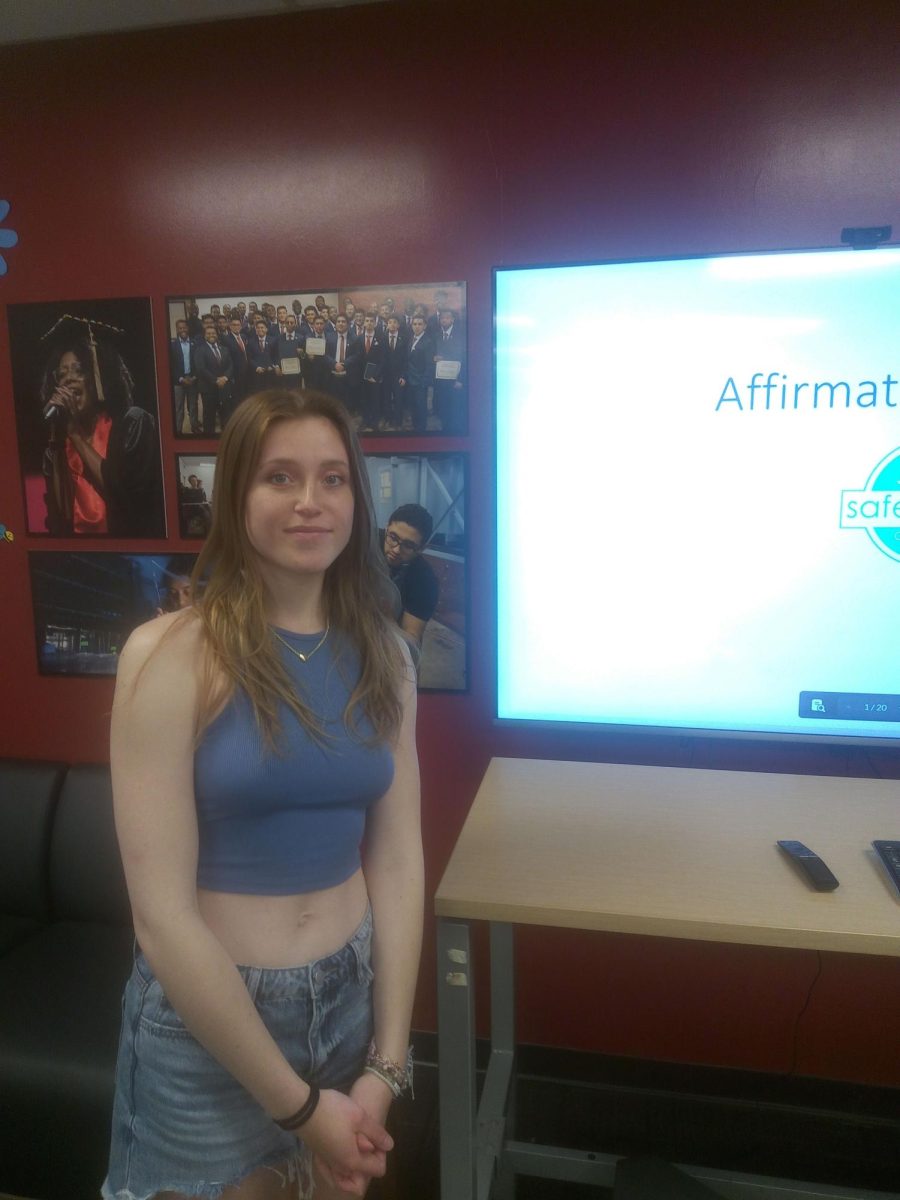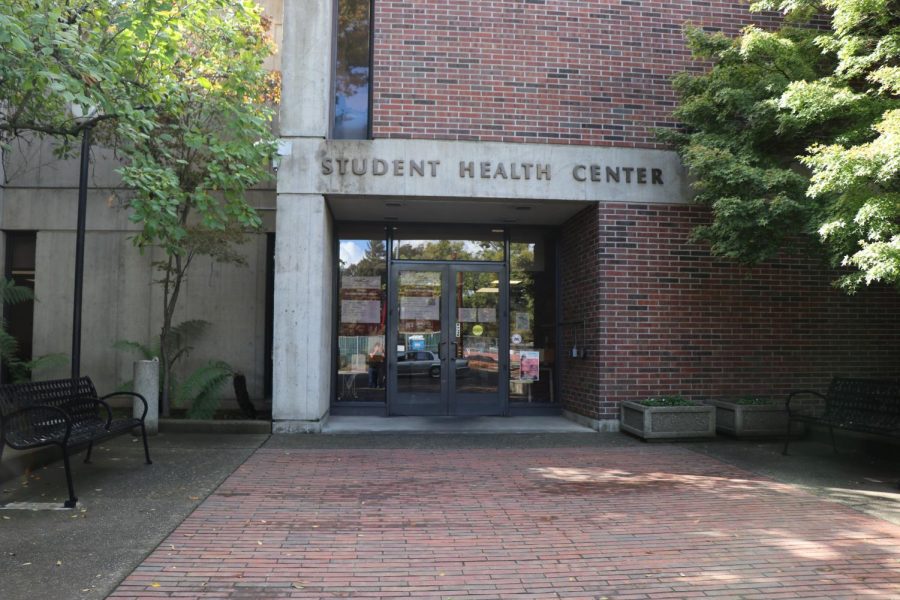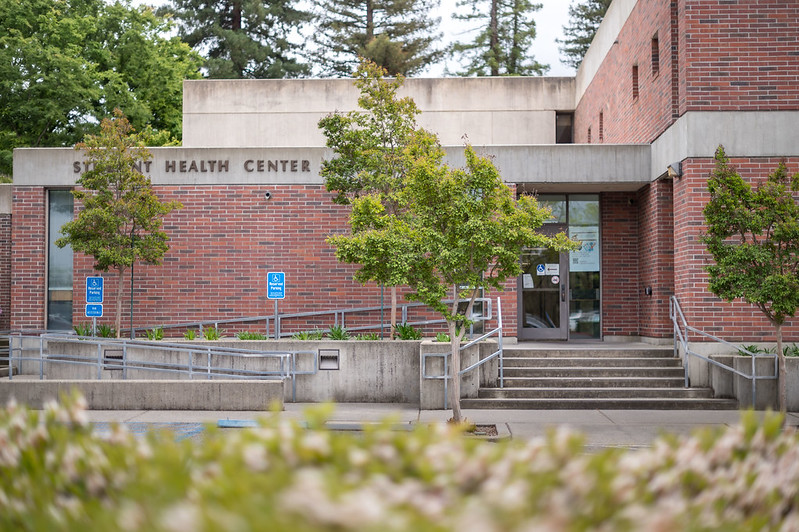On Feb. 12, 2017 after weeks of rain, Oroville residents received an emergency notification to leave their homes as quickly as possible and seek shelter. The Oroville Dam reached maximum capacity in prior days, and on that Sunday its main spillway was predicted to possibly fail within hours. The order for nearly 200,000 residents downstream was mandatory- get out immediately.
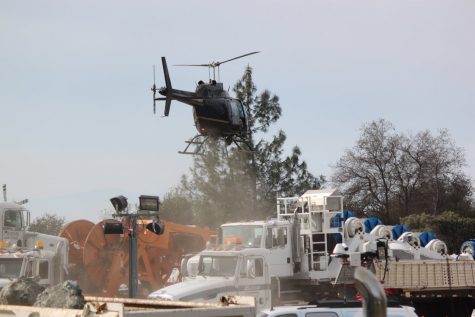
Many sought refuge in Chico until the order was lifted. Many classes were canceled at nearby schools with affected students, including some at Chico State.
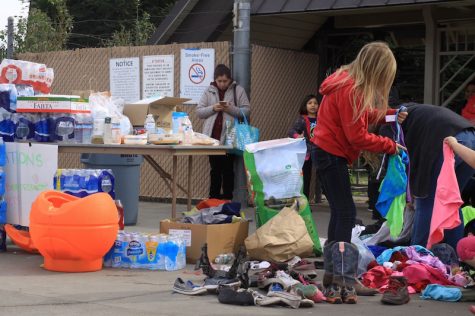
One year later, the ramifications of the incident are still felt. Three lawsuits are underway, including a class action suit on behalf of over 40 businesses and residents impacted, according to Risa Johnson, a reporter for the Chico Enterprise-Record who has been following the spillway crisis extensively. Previous repairs of the dam and spillway reveal issues with maintenance and management of resources, according to Scott Huber, the attorney in Oroville’s suit against the Department of Water Resources. Although suits have been filed, sources differ on who will be paying for reconstruction and damages.
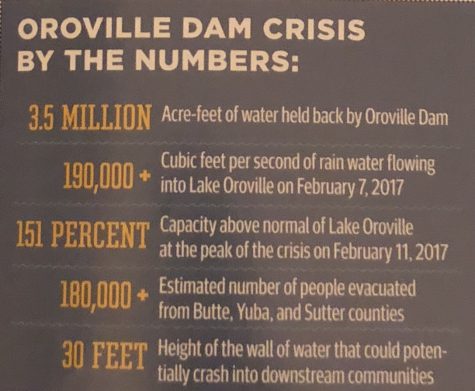
Referencing the possibility of FEMA’s reimbursement, a post on Facebook from Congressman Doug LaMalfa stated, “When it comes to funding for Oroville Dam’s spillway repairs, FEMA’s reimbursement guidelines are cause for concern.”
According to this post, a forensic team previously determined that the design of the spillway, as well as inadequate maintenance, were factors in the failure. “Knowing that, it would make little sense for FEMA to reimburse the state only to return the spillways to the same condition that played a role in causing the disaster in the first place,” LaMalfa’s post continued.
“Through this process, they’ve been expecting FEMA to pay 75 percent of damages and reconstruction,” said Johnson when asked about this statement. “They’ve always said that of whatever is left over, state water contractors will take care of the rest.”
She said no final estimate of the damages was announced with the lawsuits.
“The lead lawyer in charge of the case estimated…a low estimate would be 500 million, and on the high end would be 1 billion,” Johnson said.
According to Erin Mellon, a press communications representative for the Department of Water Resources (DWR), repairs were made by the DWR of “a majority” of the main spillway by Nov. 1. Minor patching and repairs were made, with two other sections of the spillway reconstructed.
“The main spillway will again be operable by the 2018-’19 storm season, and the entire reconstruction project will be complete in 2019,” Mellon said.
“The residents of Oroville and downstream communities who were evacuated last year had a terrifying experience, and we are working hard to make sure that it never happens again.”
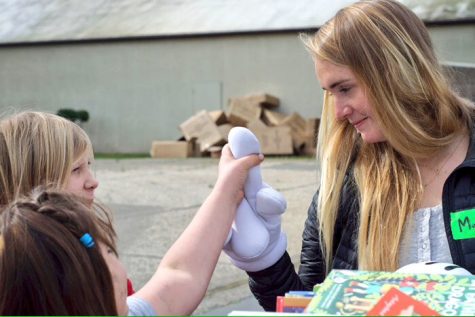
Many people in Chico volunteered at the time to aid evacuees. The Monday after the evacuation brought confusion and “general chaos” according to Sean Murphy, the media relations coordinator for Chico State’s communications department. Murphy and his team began looking into details on the evacuation and who was getting involved.
Murphy wrote a blog post that week which turned into a feature story about the work of students, alumni and faculty in the crisis, in the “Chico Statements” campus publication.
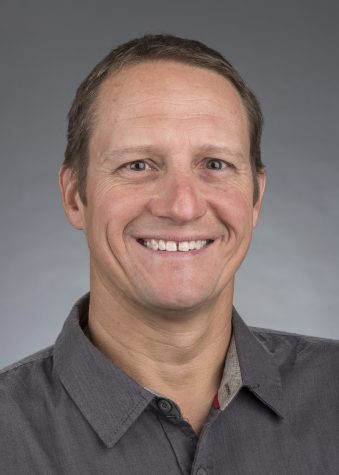
(Jason Halley/University Photographer)
According to Murphy, students in the nursing department devoted time and gained experience by helping with aid at evacuation centers. The men’s soccer team also brought soccer balls to the evacuation center and played with around 70 children.
These efforts, Murphy said, took place despite Chico being “barely affected”. “This exemplifies why Chico State students are so remarkable,” said Murphy.
Ashley Gebb, a publications editor for University Communications, estimated that 600 students were affected by the crisis. Despite this estimate, Murphy said that campus communications did not deal with direct effects as much as with calls about whether classes would be canceled.
Some felt the crisis reflected a need for better emergency response. Karla Camacho, Director of University Affairs for Associated Students, said that during the crisis the A.S. team was “very different” and responded slowly. She said that no affirmative action was taken by A.S. members in the crisis. “Nobody really knew what to do.”
“You don’t expect to wake up and have this be your life,” Camacho said of knowing students “worried about being underwater”.
She felt that more action could have been taken by the student leaders.
Although a year has passed and lawful action is now being sought over the circumstances of the spillway’s failure, those who were involved still see the crisis as a reminder. Camacho said the incident “made it more real that it could happen at any moment.” But, she also said, what happened after the evacuation says a lot about the community of Chico.
“When people say that Chico is a community, I feel that was the epitome of Chico – of everyone coming out, working together and helping out as a community.”
Natalie Hanson can be reached at [email protected] or @NatalieH_Orion on Twitter.


